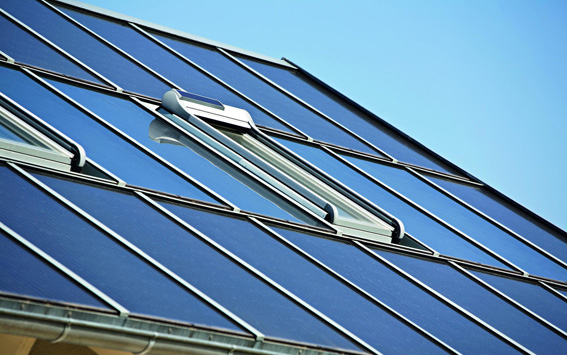
Official figures for November, December and January show that 50 MW of domestic PV (0-10 kW), less than 9 MW of small-medium projects (10-50 kW), plus nearly 41 MW in the large installation band were registered in this past quarter – with a drop in the smaller size classes being made up by the largest projects.
Following previous quarterly installations of 164 MW and 98 MW, the latest total of 100 megawatts suggests the rooftop PV market is still running at about half-speed and picking up only gradually.
Once again, activity in all these bands fell below the government thresholds for the default 3.5% rate of quarterly tariff degression, which are set at around 800 MW of new capacity per year - so there should be no reductions in tariffs this summer.
But since the 50kW-5MW band has already skipped degression twice, this band will be cut by 3.5% automatically in May; for example, the rate for schemes over 250 kW will fall from 7.1p/kWh to 6.85p.
The index-linking of all previous tariffs (including the export tariff) will result in them being adjusted upwards by RPI (3.1%), effective 1st April 2013.
Formal confirmation of the new payment rates for solar PV installations with eligibility dates between 1 May and 30 Jun 2013 has been published by Ofgem.
Yes - you read that correctly - the next “quarter” will have only two months, to re-align degression with more typical quarterly periods.
Dr Jonathan Scurlock, NFU chief renewable energy adviser, commented: "It just gets ever more confusing, doesn’t it? Although the new degression formula for gradually reducing tariffs is working, it’s hardly surprising that confidence is taking so long to return to the PV market.
"The NFU maintains that solar power is still an excellent investment, but it’s a shame that the economics are not more transparent."
